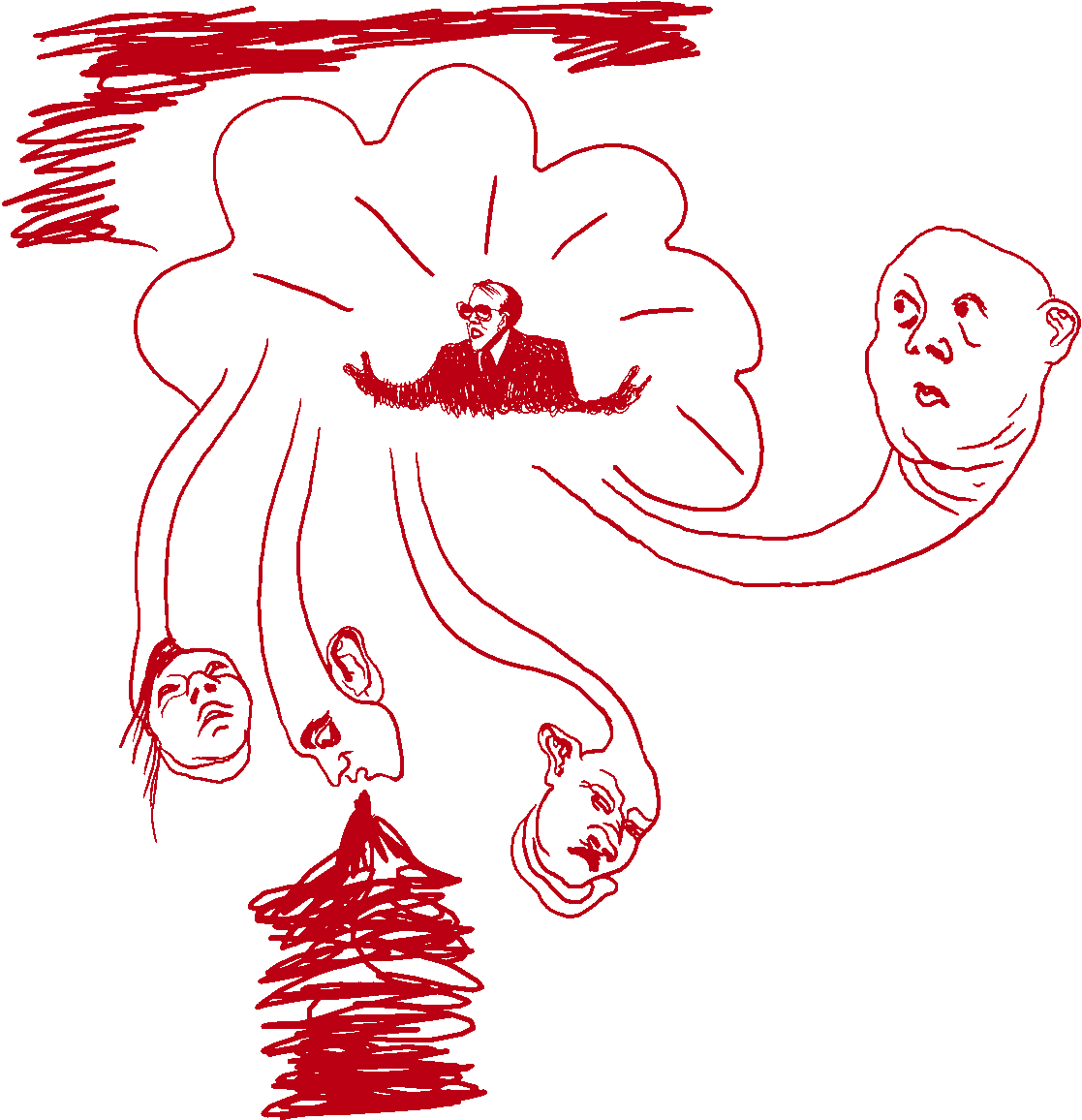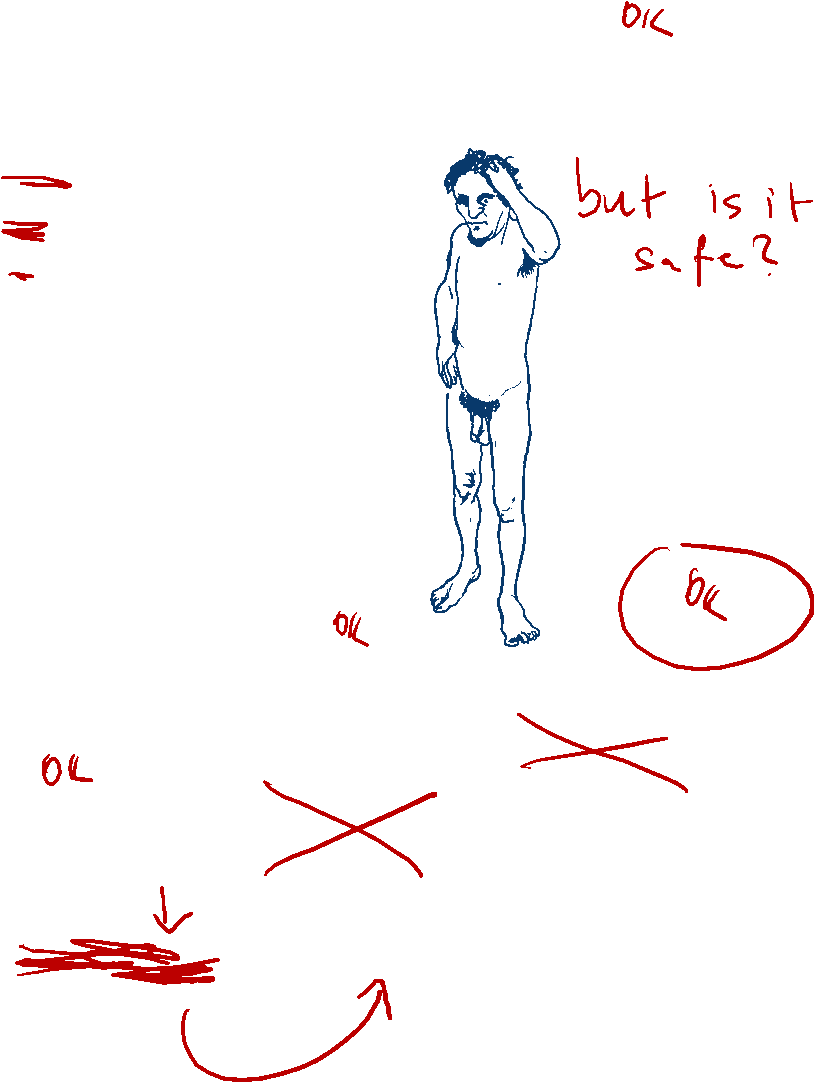After back-to-back oral arguments this week, the Supreme Court appears reluctant to hand down the kind of sweeping ruling about liability for terrorist content on social media that some feared would upend the internet.
On Wednesday, the justices struggled with claims that Twitter contributed to a 2017 ISIS attack in Istanbul by hosting content unrelated to the specific incident. Arguments in that case, Twitter v. Taamneh, came a day after the court considered whether YouTube can be sued for recommending videos created by ISIS to its users.
If you’re just reading in now, here’s what you need to know:
What’s at stake: The closely watched cases carry significant stakes for the wider internet. An expansion of apps and websites’ legal risk for hosting or promoting content could lead to major changes at sites including Facebook, Wikipedia and YouTube, to name a few.
For nearly three hours of oral argument, the justices asked attorneys for Twitter, the US government and the family of Nawras Alassaf – a Jordanian citizen killed in the 2017 attack – how to weigh several factors that might determine Twitter’s level of legal responsibility, if any. But while the justices quickly identified what the relevant factors were, they seemed divided on how to analyze them.
The court’s conservatives appeared more open to Twitter’s arguments that it is not liable under the Anti-Terrorism Act, with Justice Amy Coney Barrett at one point theorizing point-by-point how such an opinion could be written and Justice Neil Gorsuch repeatedly offering Twitter what he believed to be a winning argument about how to read the statute.
The panel’s liberals, by contrast, seemed uncomfortable with finding that Twitter should face no liability for hosting ISIS content. They pushed back on Twitter’s claims that the underlying law should only lead to liability if the help it gave to ISIS can be linked to the specific terrorist attack that ultimately harmed the plaintiffs.
The key issues at hand: The justices spent much of the time picking through the text of the Anti-Terrorism Act, the law that Twitter is accused of violating — especially the meaning of the words “knowingly” and “substantial.”
The law says liability can be established for “any person who aids and abets, by knowingly providing substantial assistance, or who conspires with the person who committed such an act of international terrorism.”
Justice Sonia Sotomayor seemed unpersuaded by Twitter attorney Seth Waxman’s arguments that Twitter could have been liable if the company were warned that specific accounts were planning a specific attack, but that those were not the facts of the case and Twitter was therefore not liable in the absence of such activity and such warnings.
Chief Justice John Roberts grappled with the meaning of “substantial” assistance: Hypothetically, he asked, would donating $100 to ISIS suffice, or $10,000?
What’s next? The Taamneh case is viewed as a turning point for the future of the internet, because a ruling against Twitter could expose the platform – and numerous other websites – to new lawsuits based on their hosting of terrorist content in spite of their efforts to remove such material.
While it’s too early to tell how the justices may decide the case, the questioning on Wednesday suggested some members of the court believe Twitter should bear some responsibility for indirectly supporting ISIS in general, even if the company may not have been responsible for the specific attack in 2017 that led to the current case.
But a key question facing the court is whether the Anti-Terrorism Act is the law that can reach that issue – or alternatively, whether the justices can craft a ruling in such a way that it does.
Rulings in the cases heard this week are expected by late June.
You can read more takeaways from today’s arguments here.


















